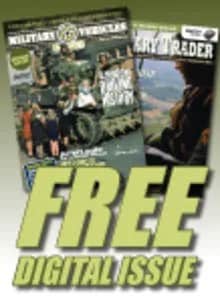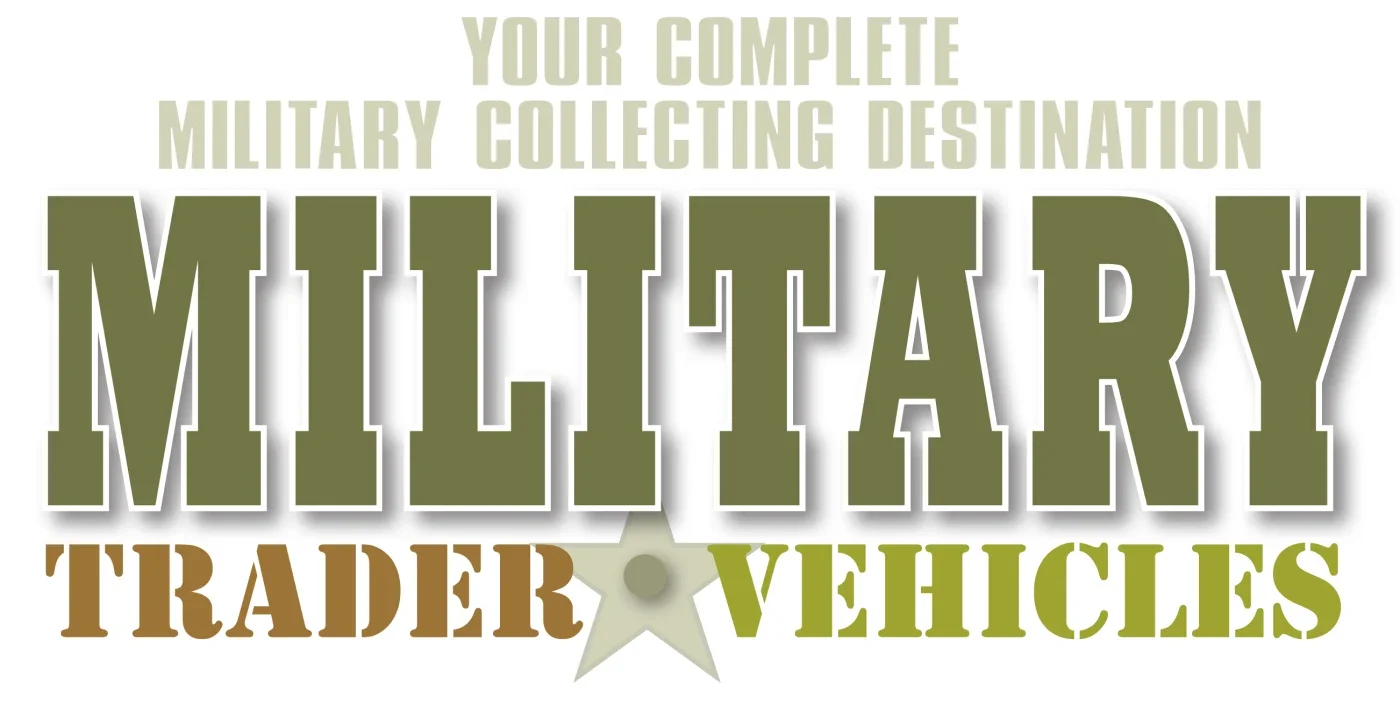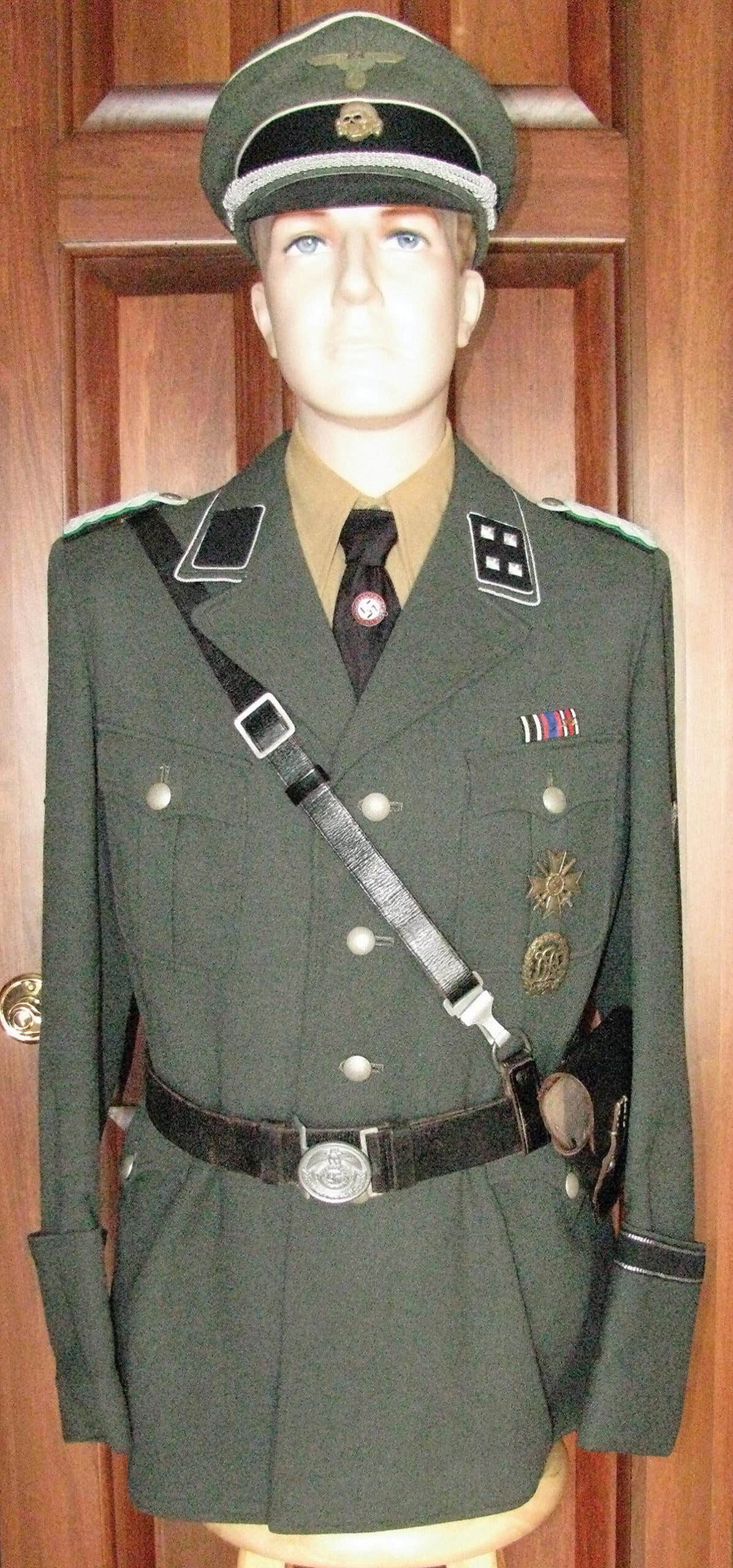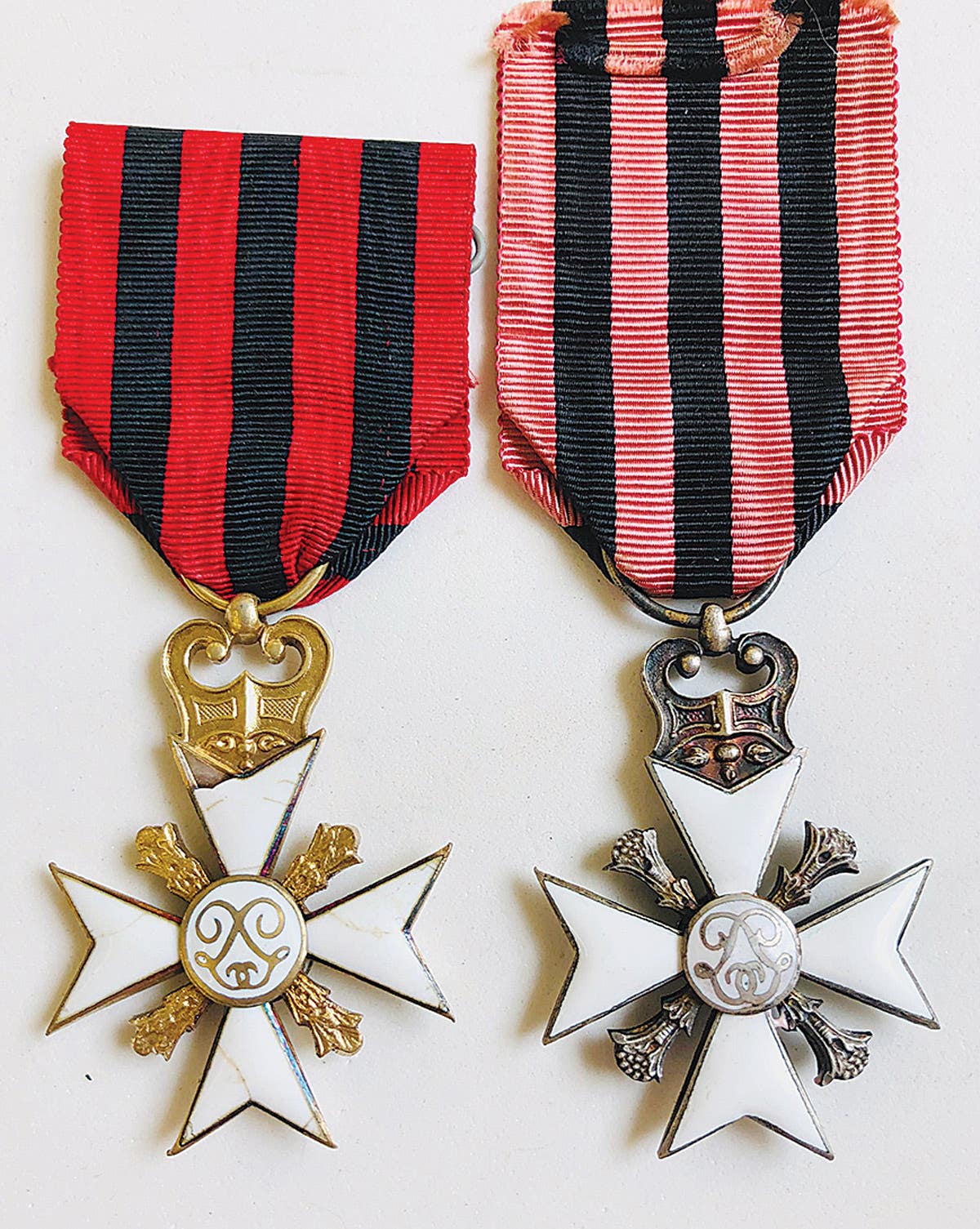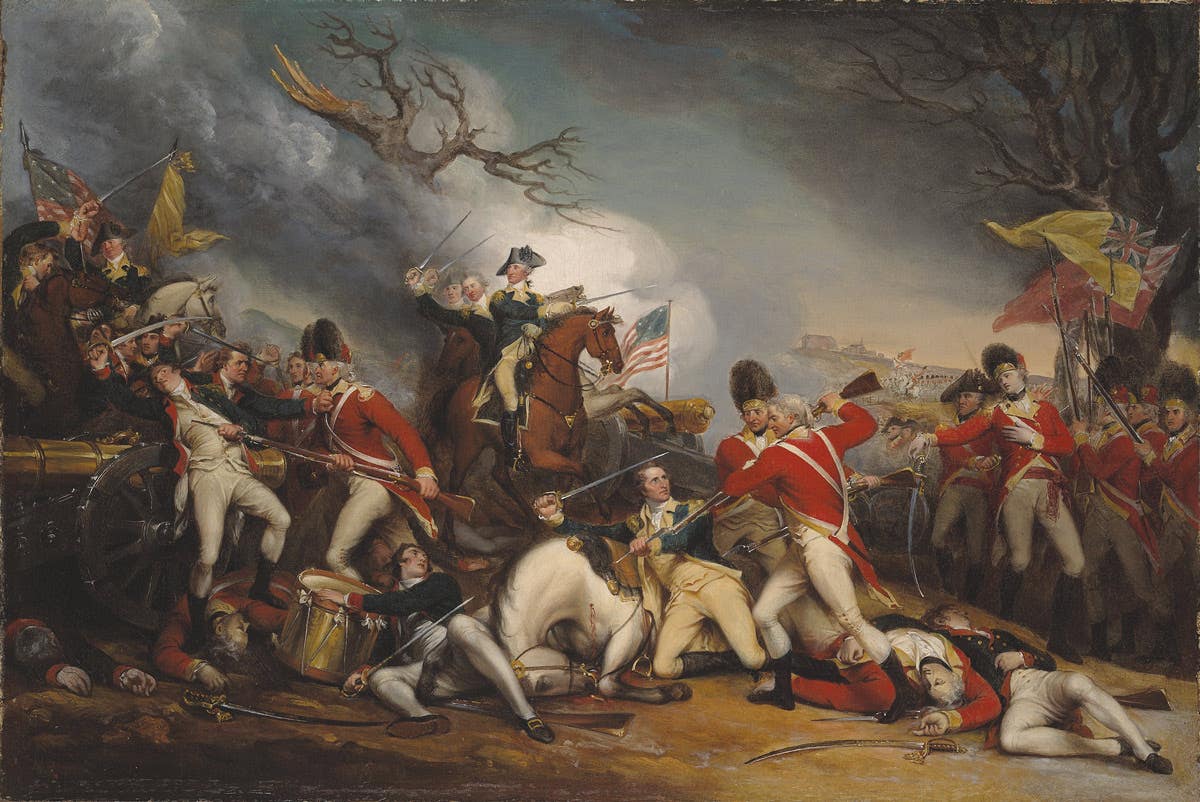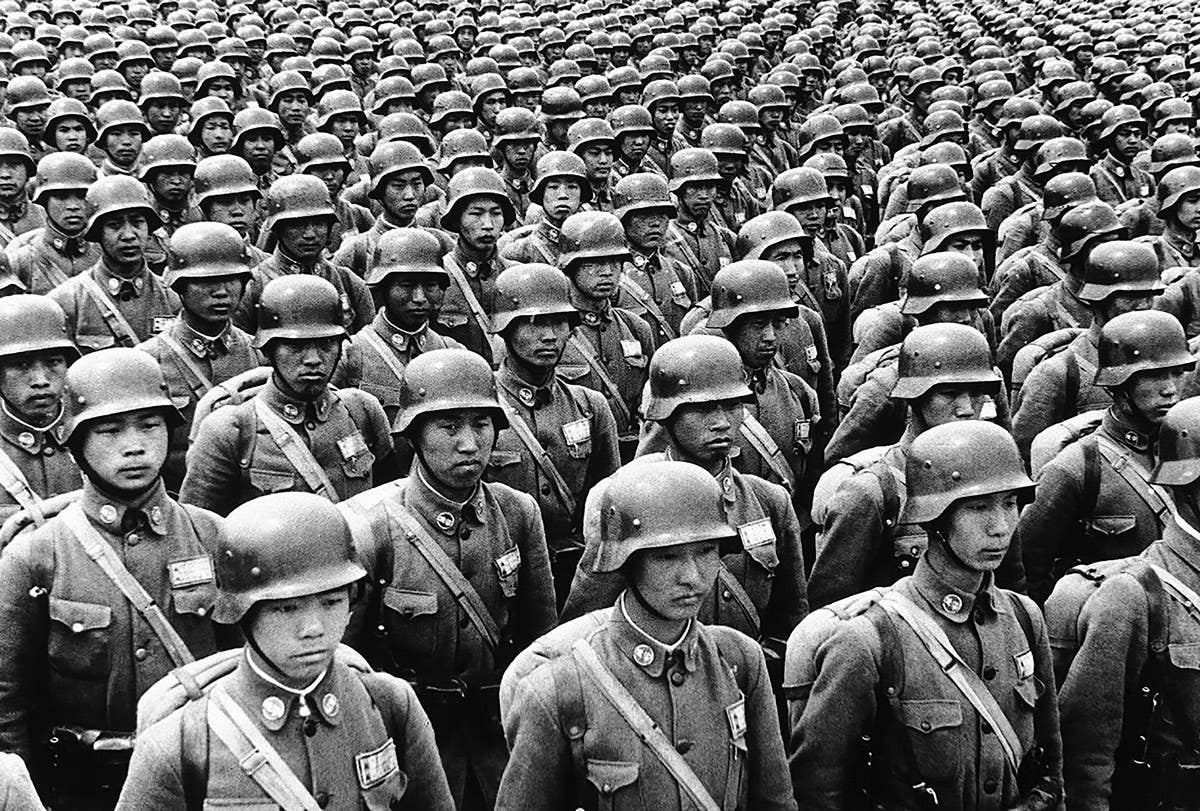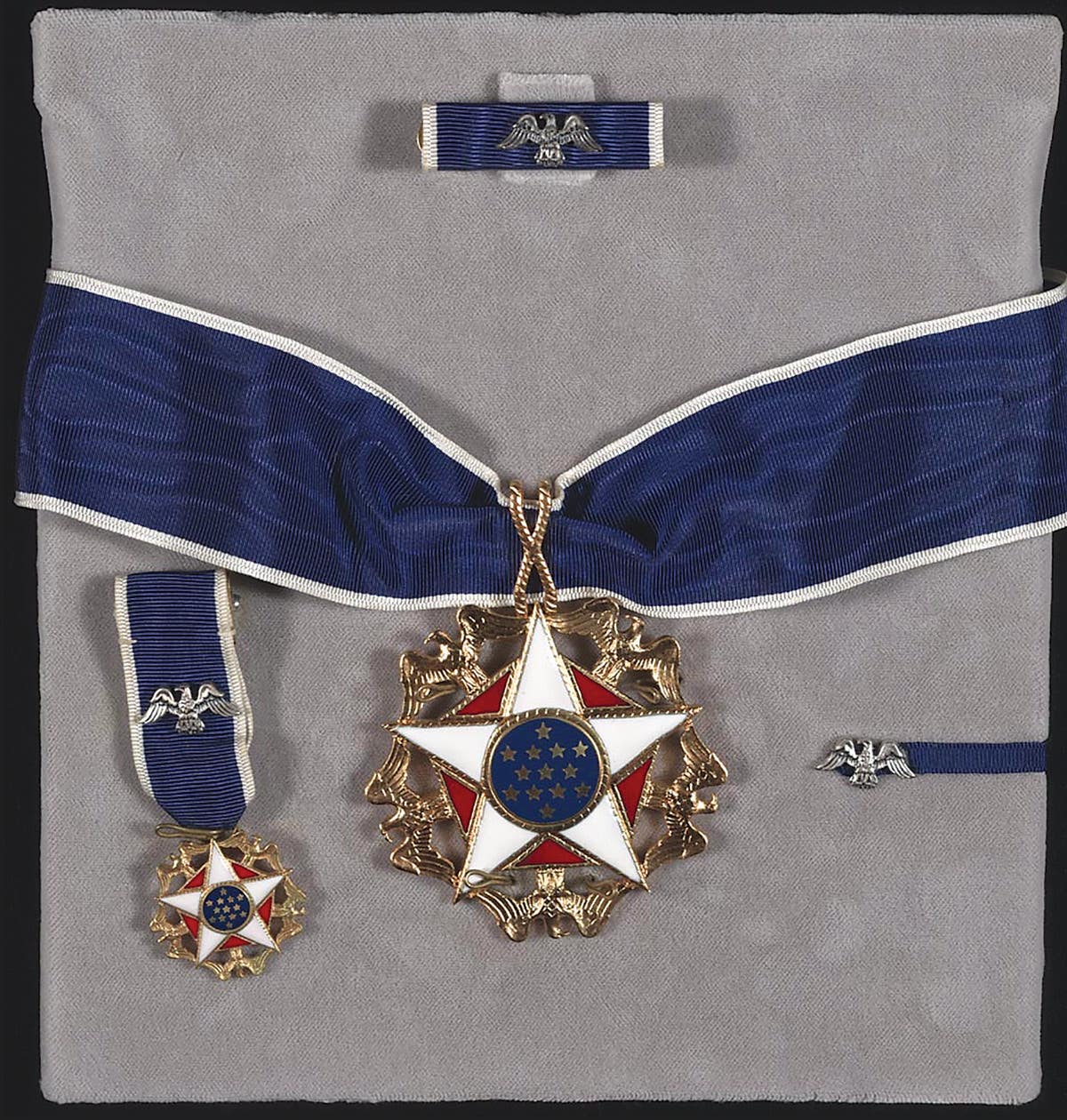Playing at war: The rise and fall of historical war board games
Board war gaming is enjoying a global renaissance. Military Trader & Vehicles gives a brief background behind the games and helpful suggestions on titles.
Board war gaming is enjoying a global renaissance. In the 1960s and ’70s, companies used to produce two or three games a year. Now, a spate of new designers has emerged on the scene, and multiple new games are published every week.
As well as period and type (strategic/tactical/operational), war games can also be categorized by their complexity. Some war games have rule books that are only a few pages long, while others require separate rules binders that contain hundreds of pages. A myriad of options catering to all military interests is available. There has never been a better time for collectors or players to get in on the hobby.
When collecting war games, it is often the quality of the box and components that determine the price. The Holy Grail is an “unpunched” and “sealed” copy, meaning that the box will never have been opened and the countersheets remain intact. Nevertheless, for some rare games, prices can go very high even for well-used copies.
The Early Years: Tactics, Stalingrad, and refighting Gettysburg
Modern war board gaming can be traced to one remarkable man: Charles S. Roberts. Born in Maryland in 1930, Roberts’ first ambition was to enter the military. To prepare for his new career, he single-handedly designed Tactics in 1952.
Two present-day armies designated red and blue fought over a hypothetical landscape, complete with rivers, woods, and cities, with the objective of capturing the enemy capital or annihilating their forces. Counters represented contemporary infantry and armor divisions, with NATO symbols used for ease of identification. Terrain was separated into squares, the precursor to the modern hex grid layout found in most war games.
By 1954, the game had become so popular that Roberts founded Avalon Hill (originally called the Avalon Game Company) to manufacture and publish it. The first print run ran to 2,000 copies and netted Roberts a grand total of $30 profit.
Yet Avalon Hill gradually grew in size and reputation, allowing Roberts to bring out Tactics II in 1958. This game featured the same hypothetical conflict as Tactics but had updated counters, maps, and rules. It was purposely sold at a loss to hook new players into the hobby. Sealed copies today can be sold for well over $100.
Gettysburg (1958) was the first war board game depicting a historical battle released the same year to widespread acclaim. Advertised as selling for “$4.95 (in Union money)”, the map depicted the Gettysburg battlefield on a square grid. With innovative mechanics like range charts, line of sight, and hidden movement, it proved a significant step up in complexity from earlier games. Because many copies were produced, prices are cheap; an unpunched edition can go for around $100.
hex-based map with NATO-style counter symbols. Matt Doherty
Further Roberts designs came thick and fast. D-Day (1961) covered the Normandy landings, using a hexagonal grid on a historical map for the first time. Bismarck (1962) depicted the hunt for Germany’s most powerful battleship. Stalingrad (1963) was a grand strategy game covering the entire Russian Front from the Arctic to the Caucasus. This pivotal landmark in game design set the bar for all future strategic-level war games. For the modern collector, most of these games can be picked up cheaply in job lots.
By the mid-60s, Roberts had taken a back seat on the design front, instead focusing his time on running the business. Nonetheless, his initial games had captured the imagination of a pack of new designers who felt they could build on his early efforts.
one of the finest strategic simulations of the campaign. Matt Doherty
The First Golden Age: Squad Leader, Gulf Strike, and Madness in the Desert
The 1970s saw war gaming come of age. In 1975, the first Charles S. Roberts Awards were held. The CSR Awards have grown into the war game equivalent of the Oscars.
The ’70s also saw Avalon Hill move into the world of realistic conflict simulations. Gamers were yearning for more complexity and “realism” became the byword of the day. It also saw the company do what many war gamers at the time thought was impossible — create realistic tactical-level WWII games.
One of the best-selling of these was PanzerBlitz — a game that allowed players to command German or Russian armored forces on the Eastern Front. Panzer Leader came out soon after and included American units. Geomorphic boards could be used to create a variety of scenarios. Punched copies of these games in half-decent condition sell for $50.
used on some of its early games. Matt Doherty
Tobruk built on the popularity of PanzerBlitz by giving players the opportunity to command individual British and German tanks in the Gazala battle of 1942. Unpunched copies sell for hundreds of dollars.
Panzer Blitz and Tobruk were ground-breaking, but they had problems. Tobruk, to coin a war gamer’s phrase, involved “buckets of dice”. In simulating the mechanics of tank-on-tank warfare, the game required endless dice throwing with reference to “Hit Probability” and “Damage” tables. Large scenarios could be extremely time-consuming.
game of the 1970s and became an instant classic. Matt Doherty
Designer John Hill looked at these early tactical games and decided he could do better — a lot better. In 1977, Avalon Hill brought out the first installment in what is still arguably the greatest tactical war game ever produced: Squad Leader. Players commanded individual squads and SMCs (single man counters), along with support weapons, guns, and tanks, to fight battles on the Eastern and Western Fronts in World War II. A sealed 1st edition of the game recently sold for $500.
Squad Leader’s popularity allowed for a range of expansion modules to follow in its wake. Each time a new one was published, more rules would be added, meaning that by the mid-80s anyone fresh to the game was confronted with an unholy morass of complex and contradictory information. In 1985, the system was overhauled into Advanced Squad Leader (ASL), which is still the most popular way to play the game today.
Beyond Valor, the first ASL module, gave players the complete orders of battle for the Germans, Russians, and Finns on the Eastern Front. Although the rules were sold separately in a binder, this did not negatively affect sales. Later modules covered the Americans, British, Japanese, Italians, French, USMC, Chinese, partisan groups, and a host of minor nations.
Two collectible games from this era provided very different ASL experiences: Up Front: The Squad Leader Card Game and Solitaire ASL. Both of these games had limited print runs and remain highly collectible today. Solitaire ASL currently fetches $500 for a sealed edition, and even used copies can go for well north of $200. Up Front has a particularly complex rule set and is difficult to break into, yet it still sells for between $100-$300.
Other important war games companies established themselves alongside Avalon Hill. Simulations Publications, Inc. (SPI) was set up by ex-Avalon Hill designer Jim Dunnigan in 1969. By the mid-70s, they were outshining Avalon Hill in the “harder”, realism-focused war game market. Dunnigan’s design ethos was to make complex games accessible. Two important men came to SPI during this time – Mark Herman and Richard Berg. Both would become titans of war game design.
Dunnigan had an intense desire for realism in SPI games. According to Mark Herman, Dunnigan once wanted to know how many feet would be between each man in a Republican Roman legion, so he got the entire staff to go outside and form two battle lines. The formations quickly descended into a wild melee with Herman focusing his attacks specifically on his friend, Richard Berg. All the time, Dunnigan was frantically taking notes on the sidelines.
The company’s first great success was Berg’s Terrible Swift Sword, a game that swept up awards and marked Berg as a first-class designer. Terrible Swift Sword covered the three days of Gettysburg. Having more than 1,000 counters meant the game usually took longer to play than the actual battle.
It is highly sought after today. Matt Doherty
Terrible Swift Sword was a precursor to the most complex wargame ever produced – Berg’s Campaign for North Africa. Bordering somewhere between madness and genius, the rules are infamously absurd and were parodied on “The Big Bang Theory” TV show.
Even basic movement is an unbearable chore. To move one unit one time, a strict sequence must be followed. First, players must locate the unit’s divisional chart, then calculate capability points, calculate fuel and water usage, physically move the counter on the map, tally breakdown points, roll against the breakdown chart for each type of vehicle in the unit, and finally remove any broken-down vehicles from the chart and note them on the map and on the vehicle sheet. This sequence must be repeated for every counter a player wishes to move. And if you want to fight with your units, the combat sequence makes movement look like a breeze. Hilariously, the first paragraph in the rules describes the game as “relatively simple to learn”.
North Africa’s astonishing level of detail means that no one has ever officially logged a complete play-through of a full campaign. Because of its legendary status, this war game is highly collectible and regularly commands prices of over $1,200, even for punched copies.
of the finest strategic simulations of the campaign. Matt Doherty
The Next War: Modern Conflict in Europe (1978) was mercifully simple by comparison. With a caption of “the time is: Tomorrow”, Next War allowed players to simulate — in SPI-level detail — the first 60 days of a ground war between the Warsaw Pact and NATO. Every scenario was difficult for the NATO player, as they desperately fought to scramble forces to slow down the Communist armored juggernaut. An unpunched copy sells for between $400-$500.
SPI was basking in the limelight until, in a particularly ill-fated union, the production company behind the famous TV show Dallas licensed SPI to make a role-playing game. Expecting to make a quick profit that would allow SPI to expand, Dallas instead proved a disaster. Art director Redmond Simonsen (who created the maps and graphics for nearly every SPI game) later remarked that the 80,000 copies printed “was about 79,999 more than anyone wanted.”
In part because of Dallas, SPI folded in 1982. The collapse of their chief competitor provided a huge boost to Avalon Hill., who set up subsidiary company Victory Games the same year. Many ex-SPI designers were hired to produce “harder” war games on the Victory label.
Victory Games was to be headed by Mark Herman, who was fast becoming sought after in the war gaming scene. Herman also worked as a defense analyst for the government around this time. His 1983 game Gulf Strike was so realistic it was used as a simulation by United States war planners for Gulf War 1. One of its conclusions was that even a major Iraqi move into Saudi Arabia’s oil-rich eastern province would be halted. Another predicted the dominating effect of U.S. air power.
Victory Games had another hit the same year with John Butterfield’s Ambush!, a game of individual man-to-man combat in World War II. A very much tongue-in-cheek, comic-book style experience, Ambush! nevertheless had innovative mechanics and provided very real tension in every scenario. Expansion packs for the Italian and Pacific campaigns soon followed. Because Ambush! has never been reissued, it commands high prices even for well-used copies.
By the 1990s, things were beginning to go seriously wrong for Avalon Hill. Victory Games went under in 1991, and new competitors like GMT and MMP were encroaching on the market. An unsuccessful attempt to move into the world of computer gaming left the company in a financial black hole. In 1998, Avalon Hill was bought out by Hasbro and most of its assets sold.
The Old Guard Falls – Others Rise
In the wake of Avalon Hill’s collapse, other companies came to prominence, most notably GMT. Games published by GMT regularly dominate the Charles S. Roberts Awards and with good reason — they are well play-tested and offer quality components. As such, many of the top designers work with GMT.
The company had an early success as Avalon Hill declined. In 1991, Mark Herman persuaded GMT to publish the first in a planned series depicting ancient battles at the tactical level. The first was The Great Battles of Alexander. The game’s unique order and initiative system meant a player could not control everything at once. Like the actual battles, orders can be confused, with units left out of command. A “Dieroll of Doom” mechanic simulates a commander deciding to have an urgent appointment elsewhere. Alexander even featured an “Elephant Rampage Matrix”.
At a time when war game sales were on a downturn, The Great Battles of Alexander proved a major commercial hit. Fans were left craving more. Herman then teamed up with Richard Berg (already infamous as the designer of Campaign for North Africa) for the second volume in the series, SPQR, released in 1992. Thankfully for gamers, SPQR marked a welcome departure from CfNA’s excruciating detail and became the most popular entry in the Great Battles of History (GBoH) series to date.
We the People (1993), another Herman design, proved ground-breaking with its card-based strategic mechanics. All later card driven games (CDGs) can be traced back to We the People. The game proved so enduring that Washington’s War (2010) was released as a revamped version of the original.
Ted S. Racier’s Paths of Glory (1999) is one of the most popular war games ever produced and a great entry game for new players. A CDG covering the entire First World War, the game is notable for leading players to make the same strategic decisions as the historical commanders. Other entries in the series include Pursuit of Glory and Illusions of Glory, depicting the Middle Eastern and Russian fronts, respectively.
Another entry from Mark Herman came in 2005 with GMT’s Empire of the Sun. This offered players a card-driven simulation of the Pacific Theatre in World War II, complete with complex yet elegant air-sea-land mechanics. Expect to pay $130 for a new copy, with a further price markup if a mounted mapboard is included.
Here I Stand (2006) proved a landmark in game design. Depicting the Wars of Religion in Europe from 1517 to 1555, the game begins with Martin Luther nailing his Ninety-five Theses to the door of the castle church in Wittenberg. Things quickly escalate as the Protestant Reformation sweeps the continent. Played on a grand strategic scale, each space on the map has three distinct levels of control – religious, political, and military. Here I Stand is not only a fun (if complex) game of politics and war, but provides a unique history lesson in a box. A new copy can go for around $120 — and more if the special mounted mapboard is included.
Other war game companies also gained from Avalon Hill’s demise. Multi Man Publications (MMP) snapped up the rights to Advanced Squad Leader and continues to produce new modules, many of which are extremely difficult to get hold of especially outside the United States. ASL products always find interested buyers. Take one example – Croix De Guerre — the French army module. Originally released under Avalon Hill in 1992, MMP brought out an expansive re-issue in 2020. Copies of either in decent condition have been known to fetch more than $200.
Blood Reef Tarawa and A Bridge Too Far are two expansion kits especially worth looking out for. Expect to pay over $500 for an unpunched copy of either.
A New Golden Age?
GMT and MMP now dominate the war gaming market. GMT has had two notable successes with designer Volko Ruhnke. The COIN (counterinsurgency) series exploded onto the gaming scene in 2012 with Abean Abyss — a game about asymmetric warfare in 1990s Columbia between Marxist guerrillas, drug cartels, right wing paramilitaries, and the forces of the government. With no distinct frontlines, the game effectively depicted a nation in chaos.
Further installments quickly followed, including A Distant Plain (2013), depicting the recent NATO intervention in Afghanistan, and Fire in the Lake (2014), depicting the American war in Vietnam. Fire in the Lake is still the most popular and most in-depth COIN game, with several expansion packs available. COIN games have great resale value and will generally fetch between $70-$100 when in good condition.
Further collaborations between GMT and Rhunke have produced the Levy and Campaign series — a game of medieval operational strategy. Levy and Campaign is unusual because it depicts medieval warfare at this scale. Each side has various lords and vassals under their control. Turns are divided into two phases — levy (where units and supplies are mustered), and campaign (where you fight with your armies). The unique nature of the game means that much of the godlike command and control war gamers have is stripped away — vassals will often disband at the most critical of moments, scuppering your plans. The first entry was Nevsky (2019), examining warfare between the Kievan Rus and Teutonic knights in the mid-13th century. Other popular entries are Plantagenet, set during the English Wars of the Roses, and Inferno, depicting warfare in Northern Italy. Still to be released is Henry: The Agincourt Campaign. This will showcase the fateful events of 1415 immortalized in Shakespeare and is likely to be an extremely sought after entry in the series.
GMT has also seen continued success with its GBoH series, with deluxe editions of Alexander and Caesar published. These contain all the original battles, as well as several expansion modules. A deluxe 5th Edition of SPQR is in the works, and will likely sell out on release.
blending political, religious, and military activity. Matt Doherty
Here I Stand: 500th Anniversary Edition hit shelves in 2017 to international acclaim. More recently, Tanto Monta (2024), covering the rise of Ferdinand and Isabella’s Spain came out and can still be picked up for less than $100.
Though not as expansive as GMT or MMP, Clash of Arms Games offer extremely detailed simulations of Napoleonic and pre-Napoleonic battles in their La Battaile and Battles of the Age of Reason (BAR) series. La Battaile attempts to depict every battle of the Napoleonic era from Bonaparte’s early campaigns in Italy through to the final assault of the Old Guard at Waterloo.
BAR shifts the action to 18th-century warfare, including battles such as Fontenoy and Brandywine, as well as those of Frederick the Great. BAR is particularly collectible, with new and used copies regularly fetching hundreds of dollars. This is due to quality components, superb maps and relatively limited print runs.
A Global Hobby
The war gaming world is gaining greater international attention than ever before because several European companies are establishing themselves as serious competitors to GMT and MMP. One such company is German-based Vuca Simulations, which offers very high-quality maps and components. One of its first games, Donnerschlag, covered Manstein’s attempt to break through to the surrounded Sixth Army at Stalingrad. Expect to pay around $100 for an unpunched copy.
There has never been a better time to get into war gaming, either as a player or collector. However, the sheer amount of what is on offer can be confusing to the uninitiated. One of the best places to start is by looking at previous winners of the Charles S. Roberts Awards. For a strategic-level experience, try the elegantly designed Paths of Glory. If you are keen on a tactical game, try ASL Starter Kit 1. This only covers basic infantry rules and was designed for new players to access the series.
As well as individual company websites, the best online resource for information about war games is Board Game Geek (BGG). YouTube channels No Enemies Here and The Player’s Aid also offer a wealth of reviews and war game news.
For those interested in the history and mechanics of war game design, the book Wargames According to Mark written by Mark Herman is a fantastic resource.
While many history buffs and collectors play PC war games, there really is nothing to compare to breaking out a physical game, setting up the map, and having fun pushing counters around.
